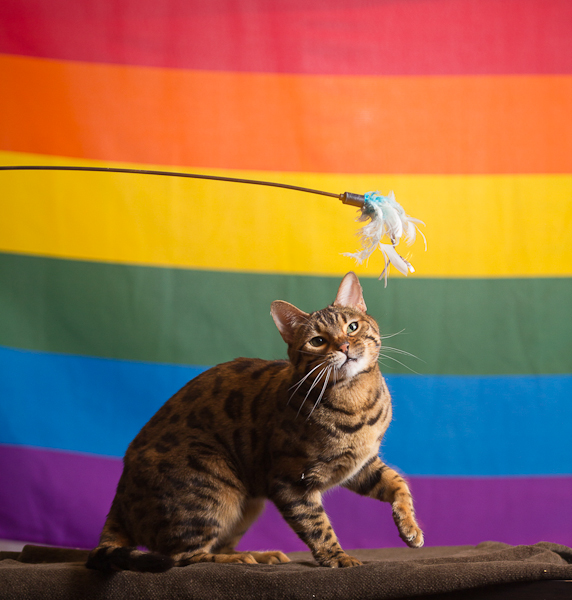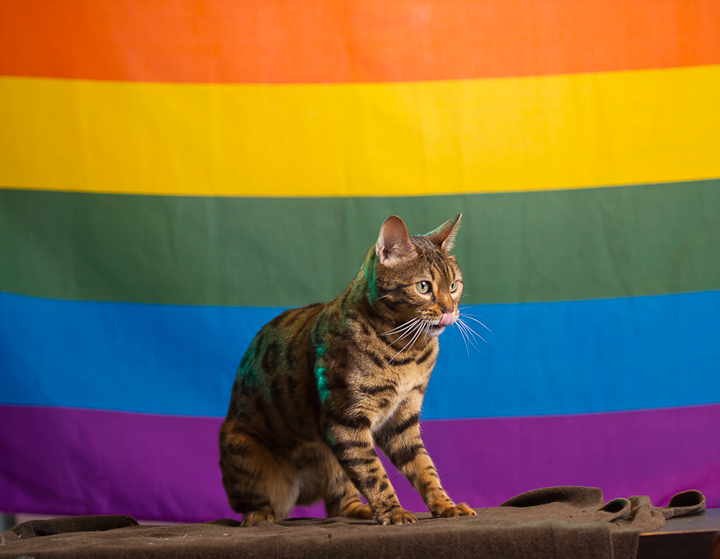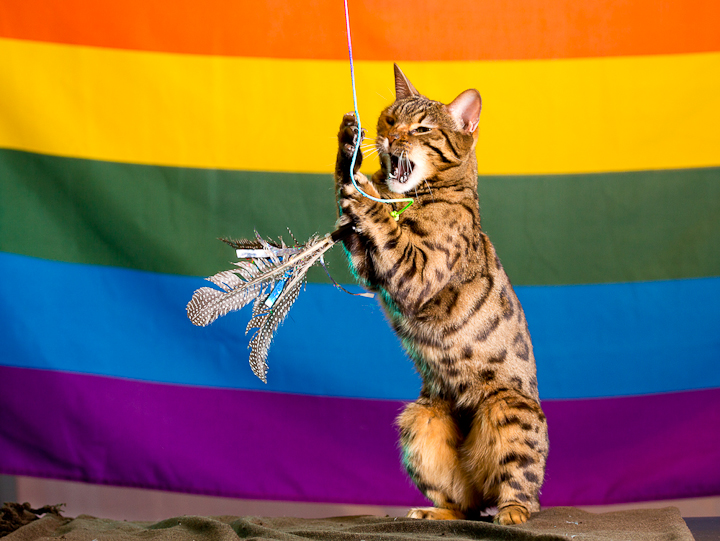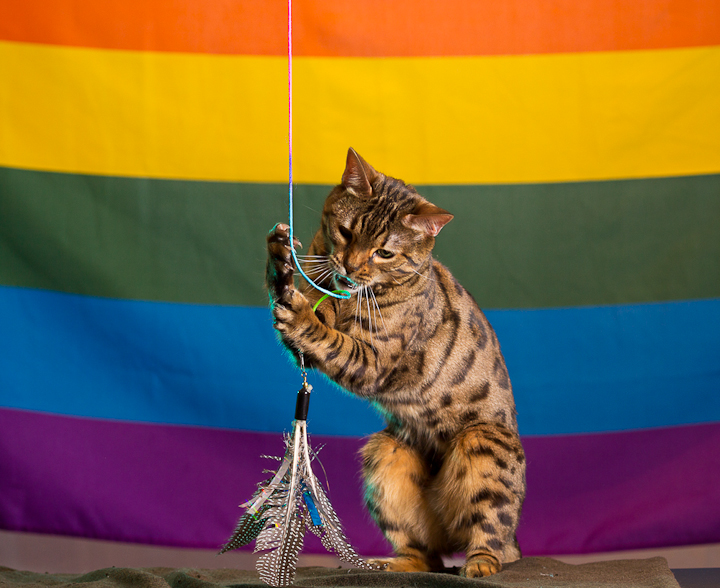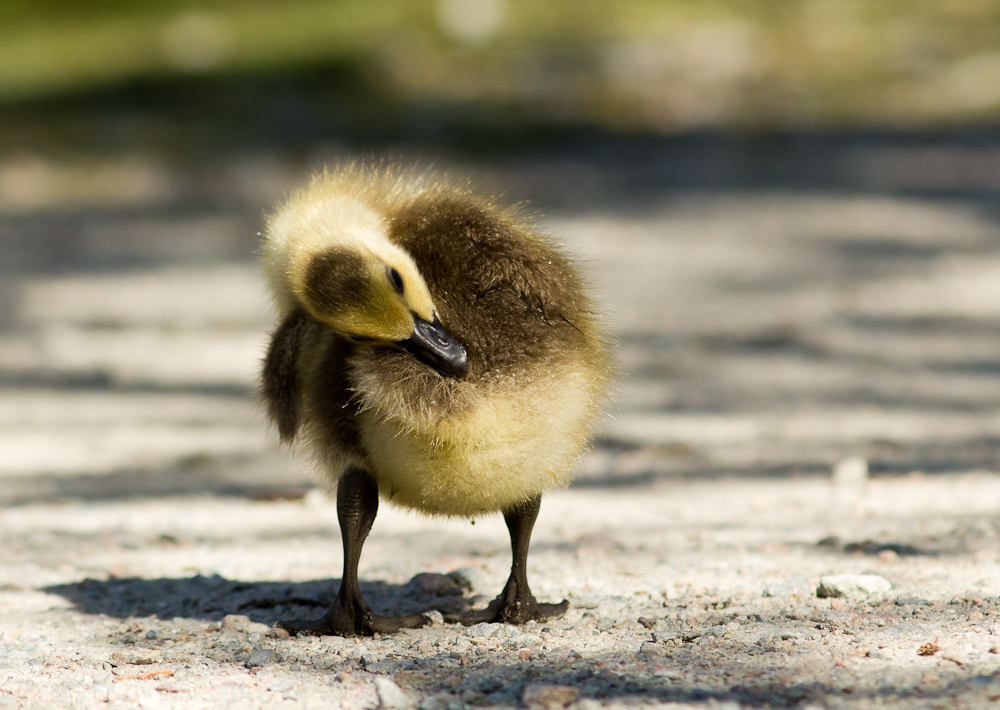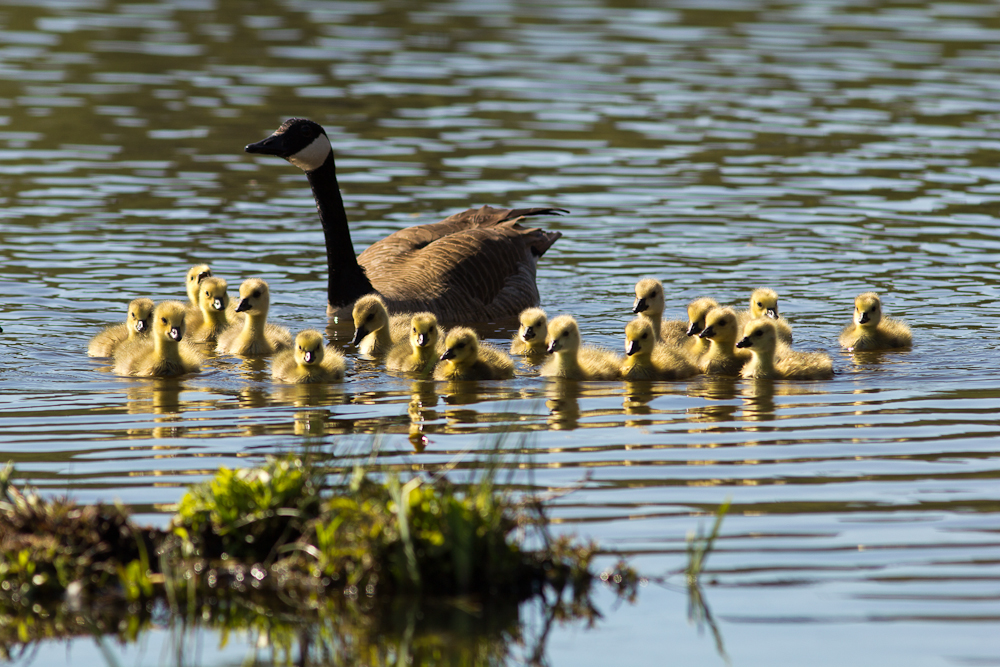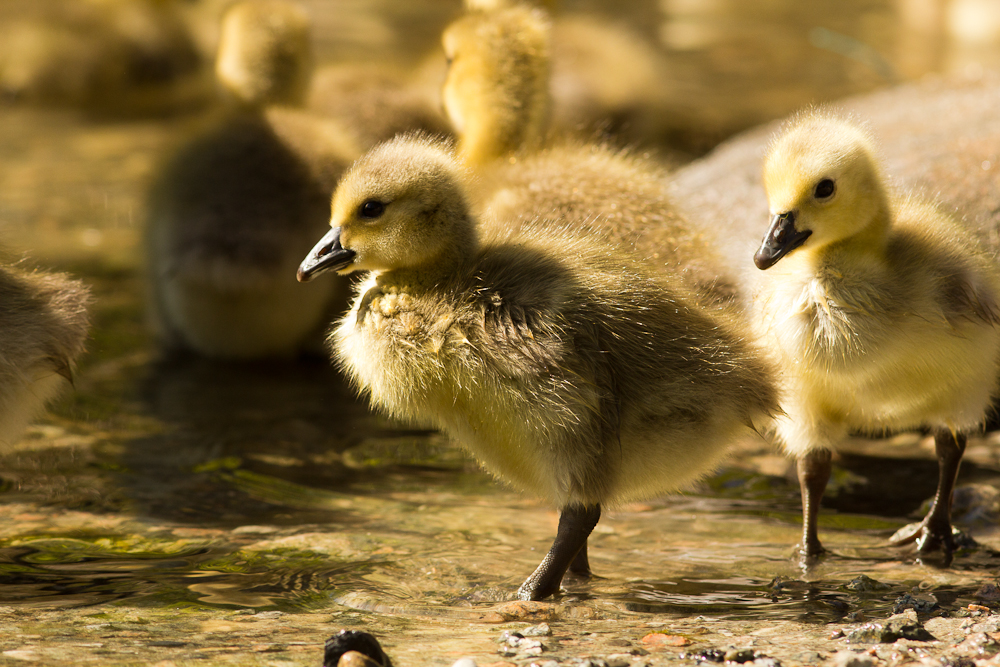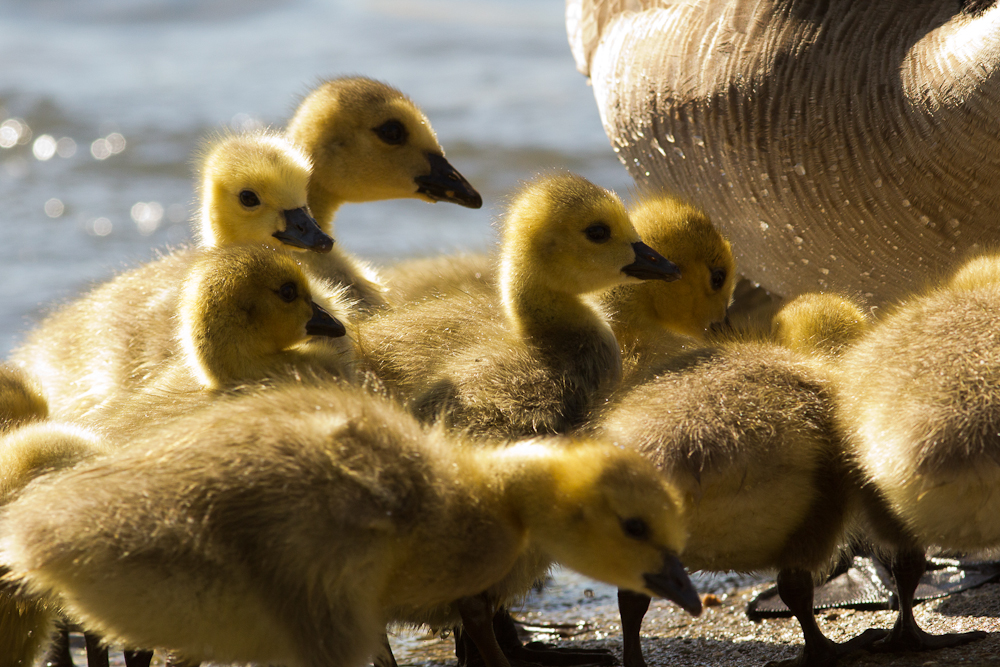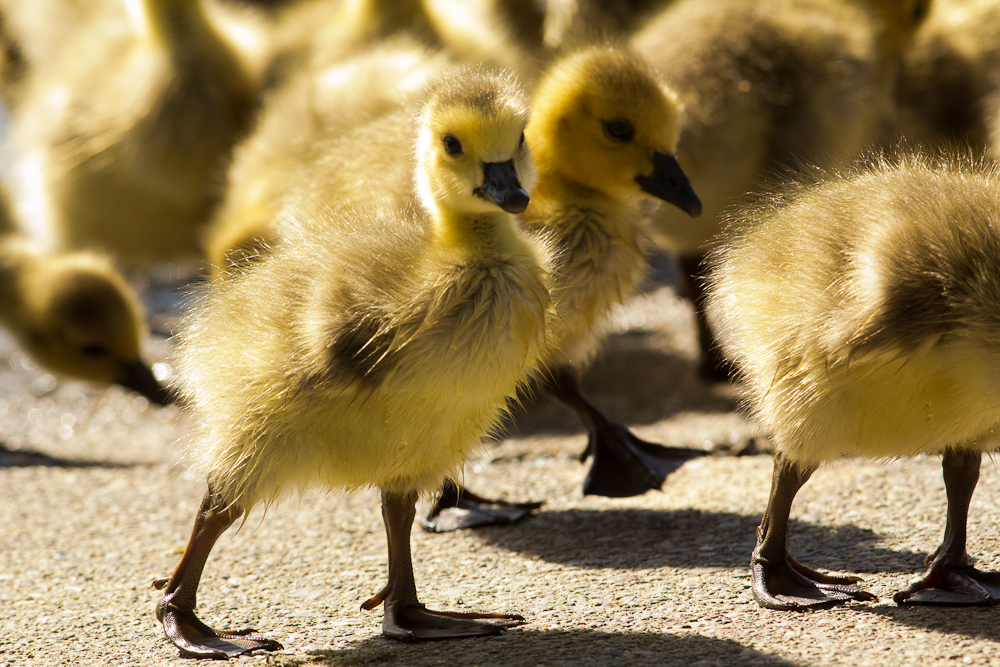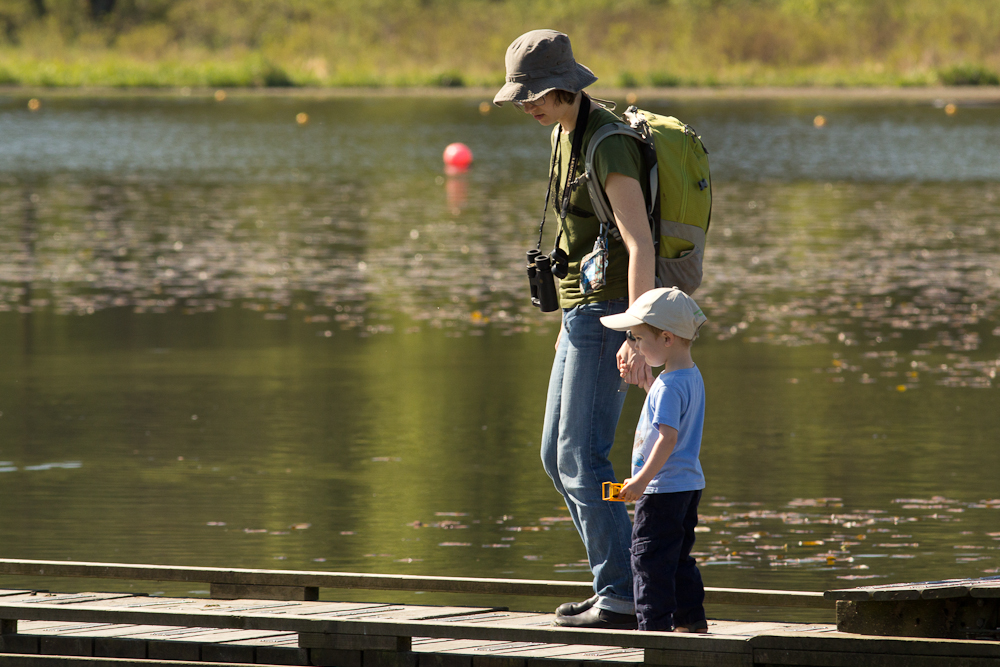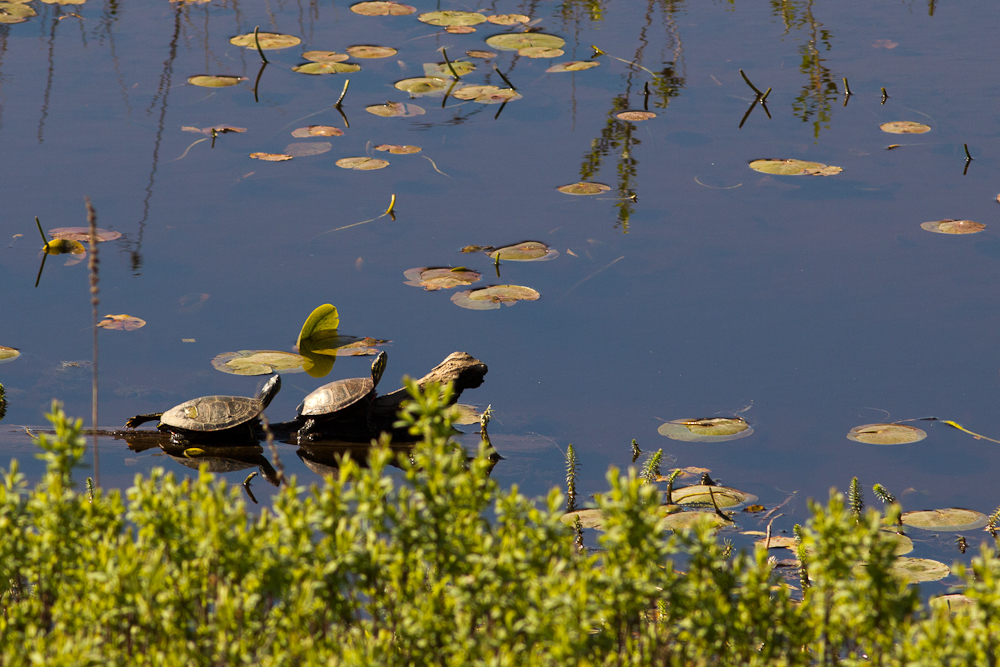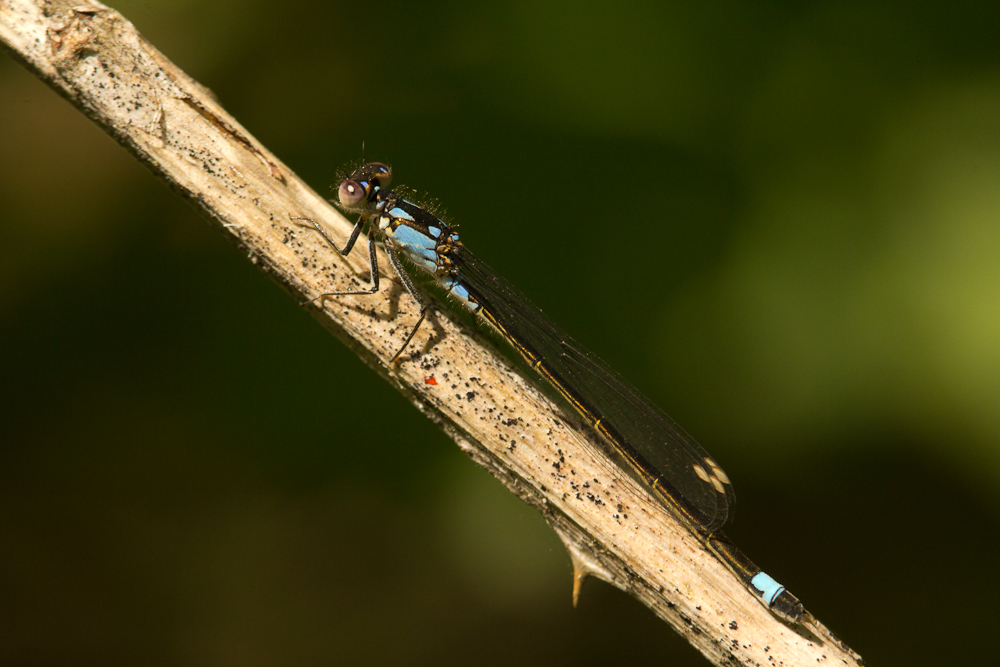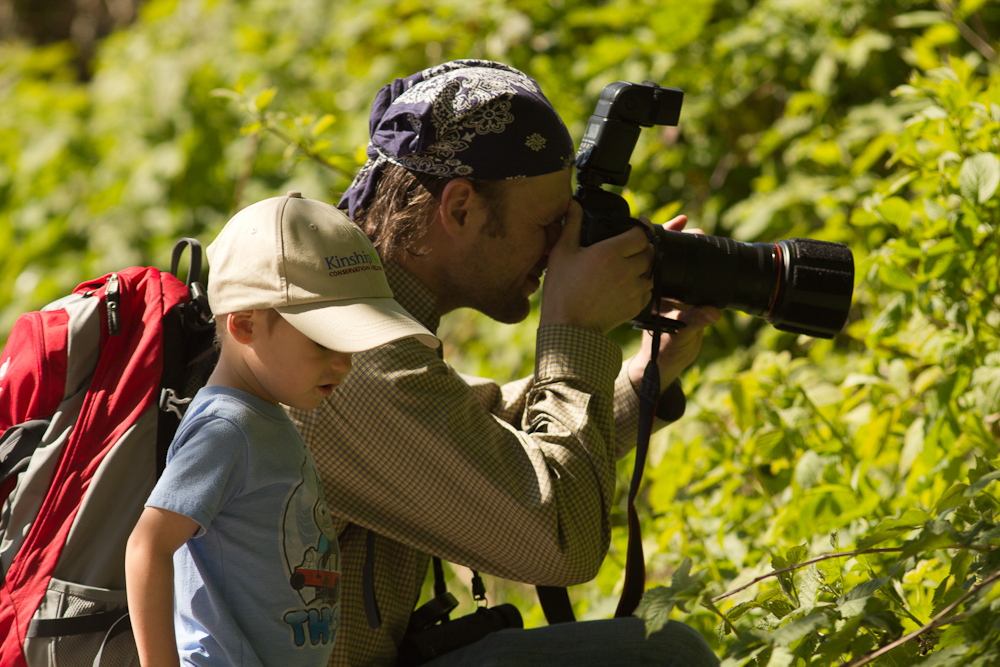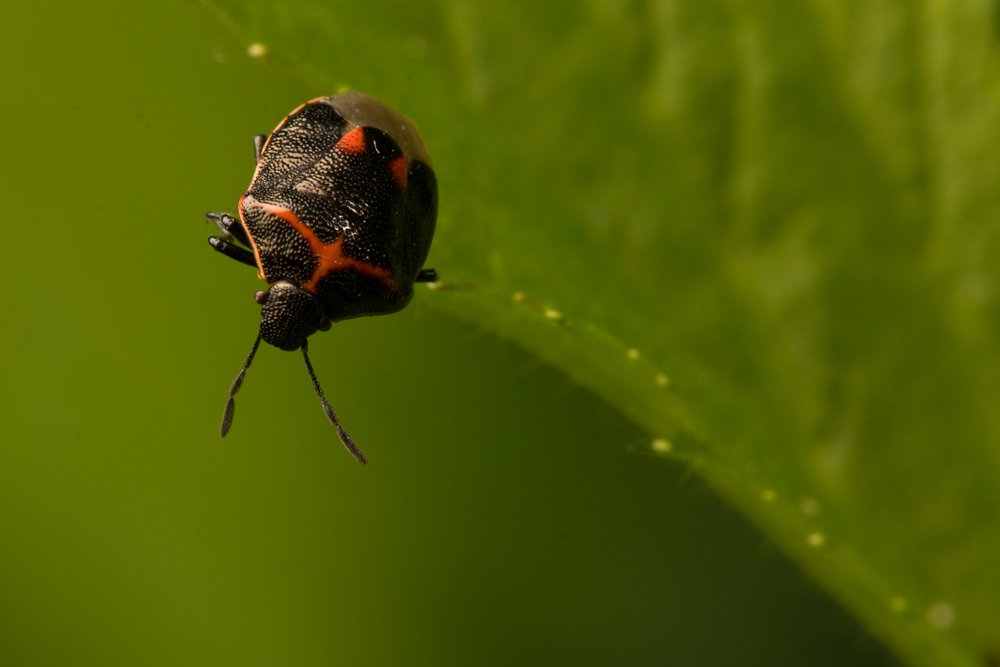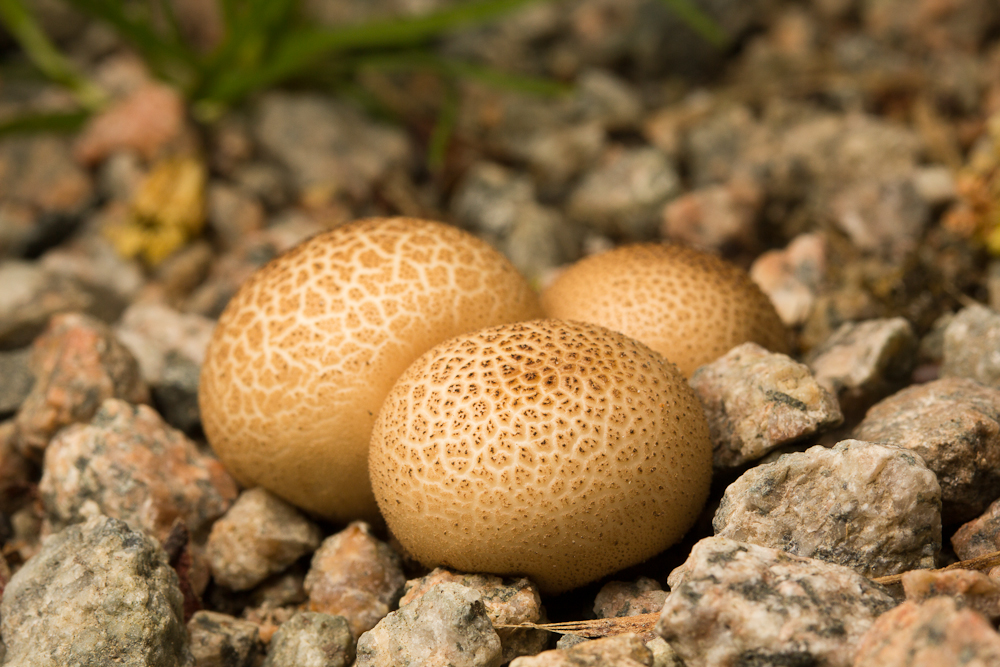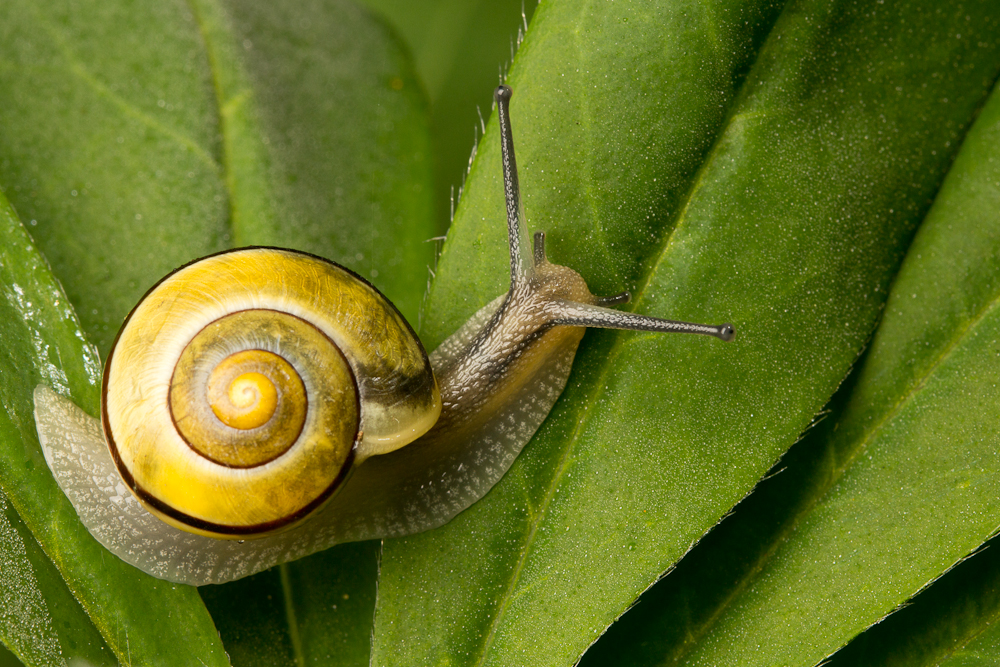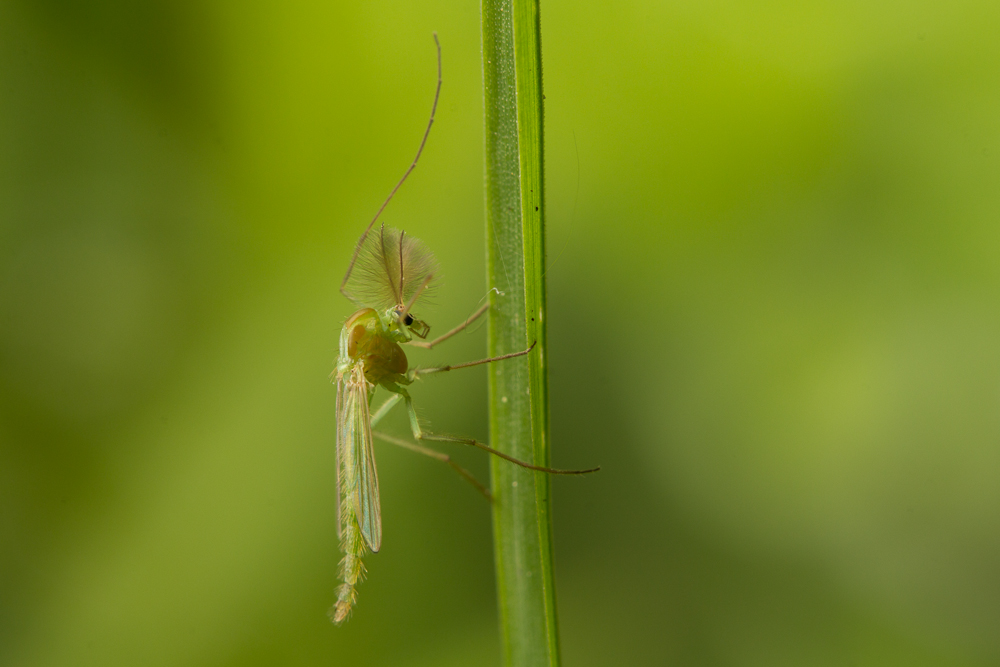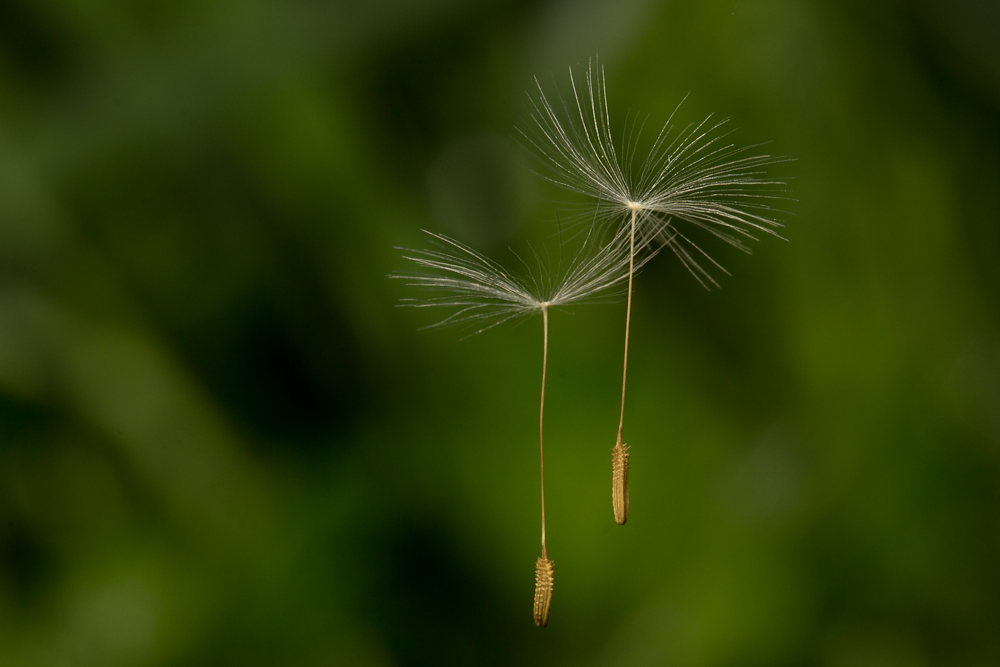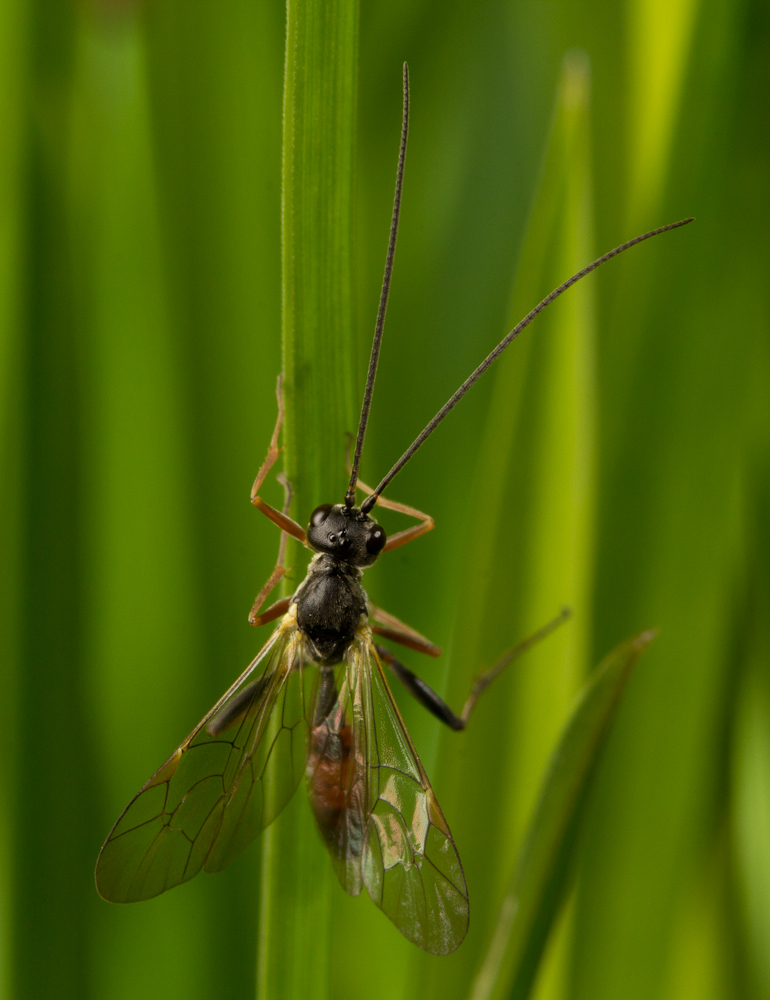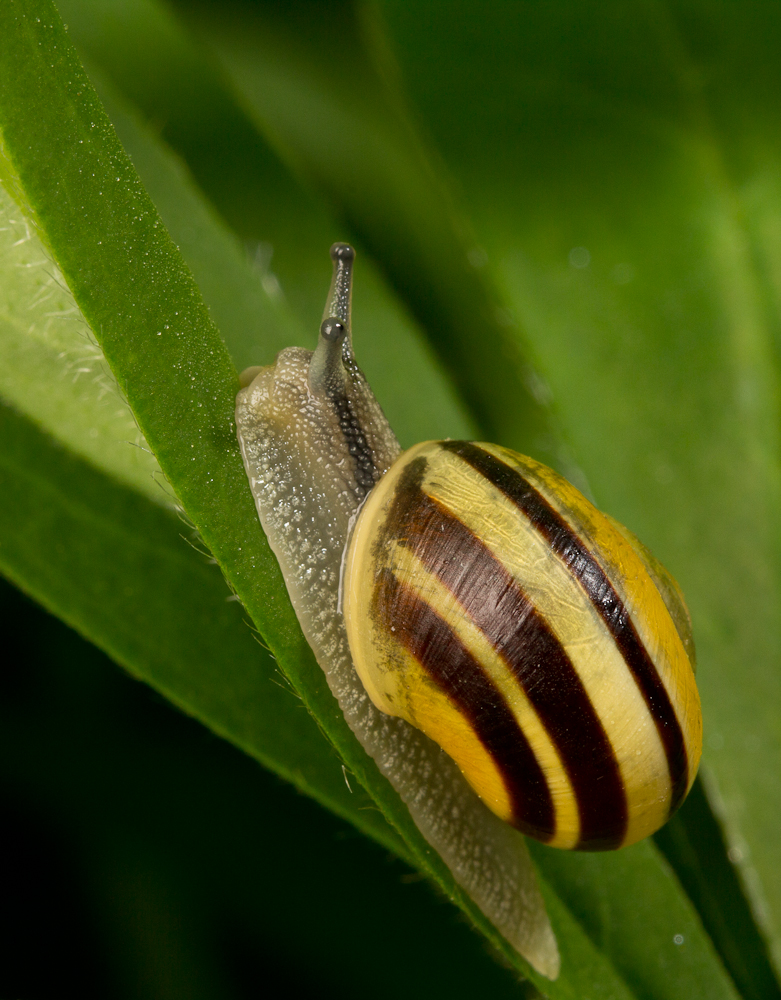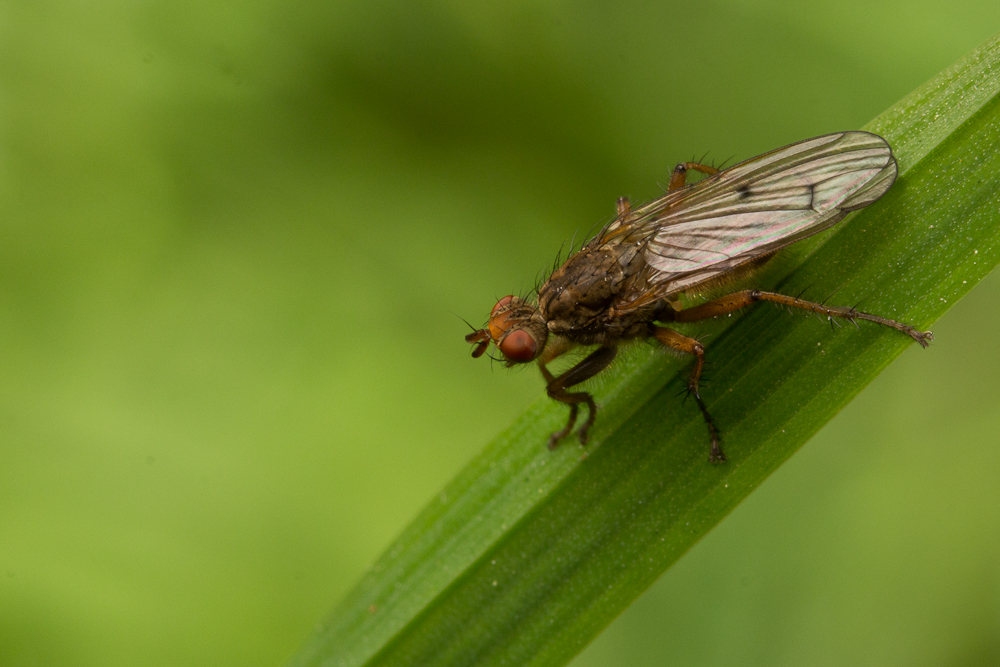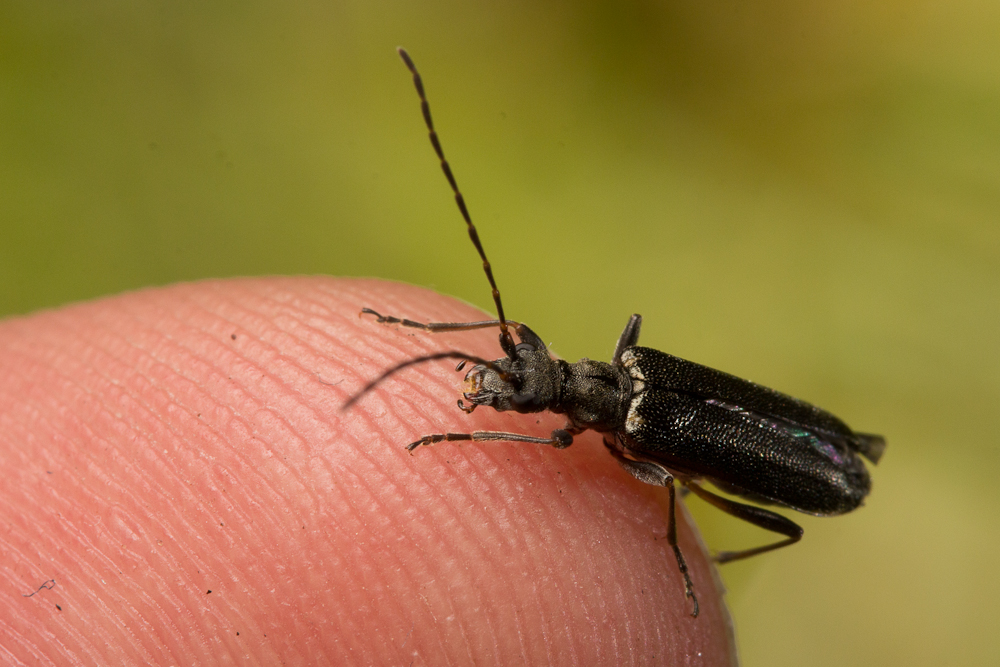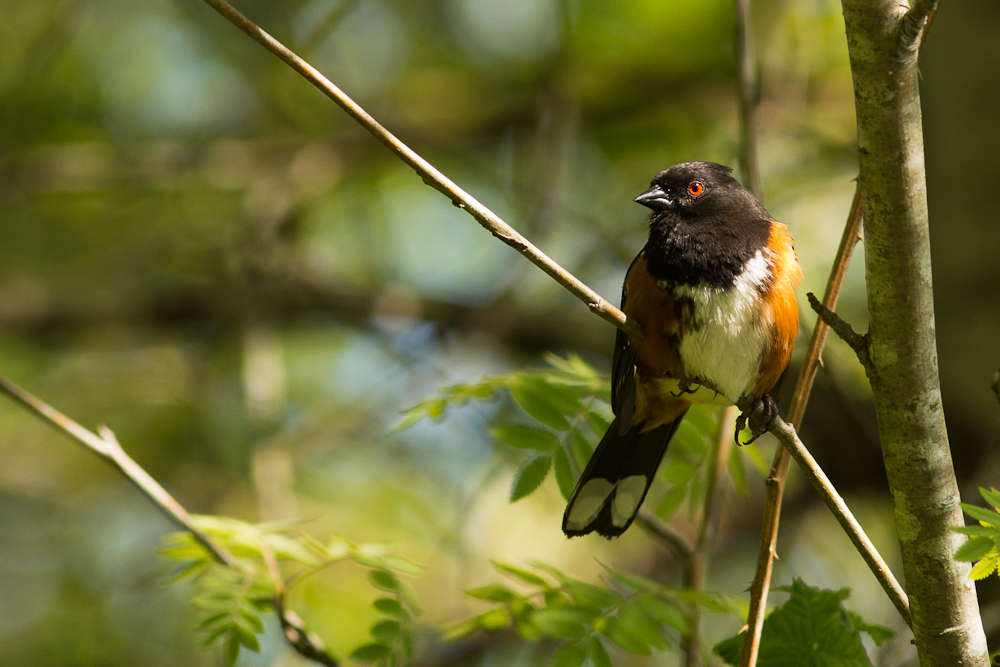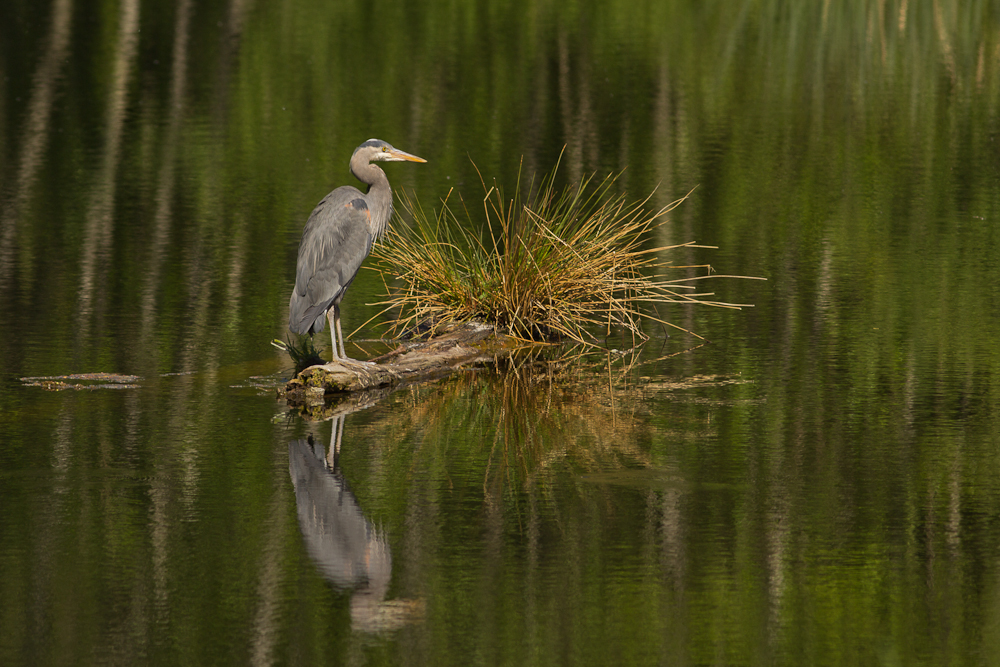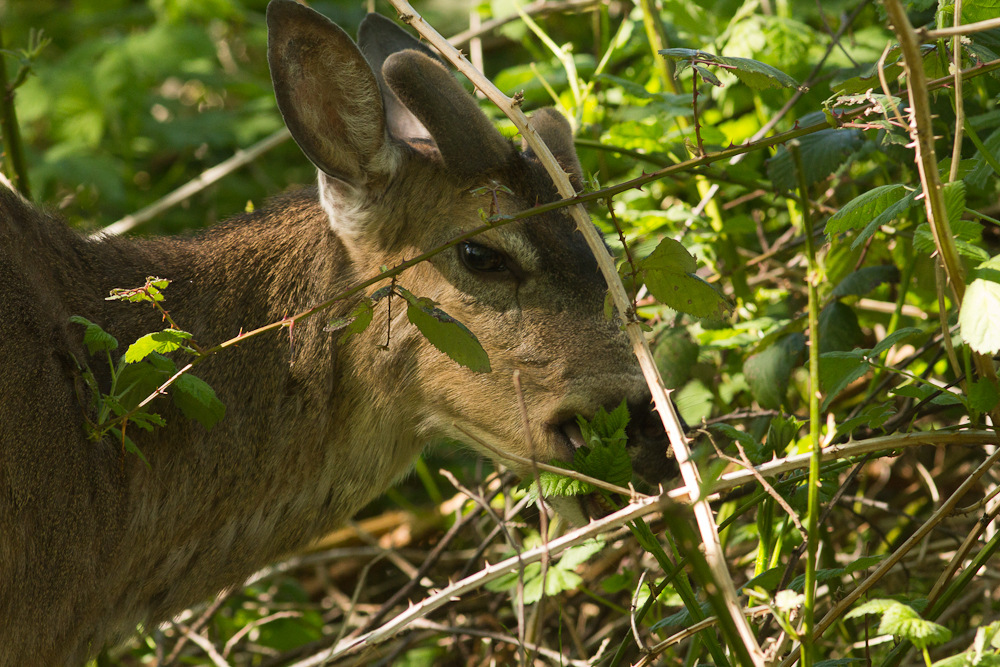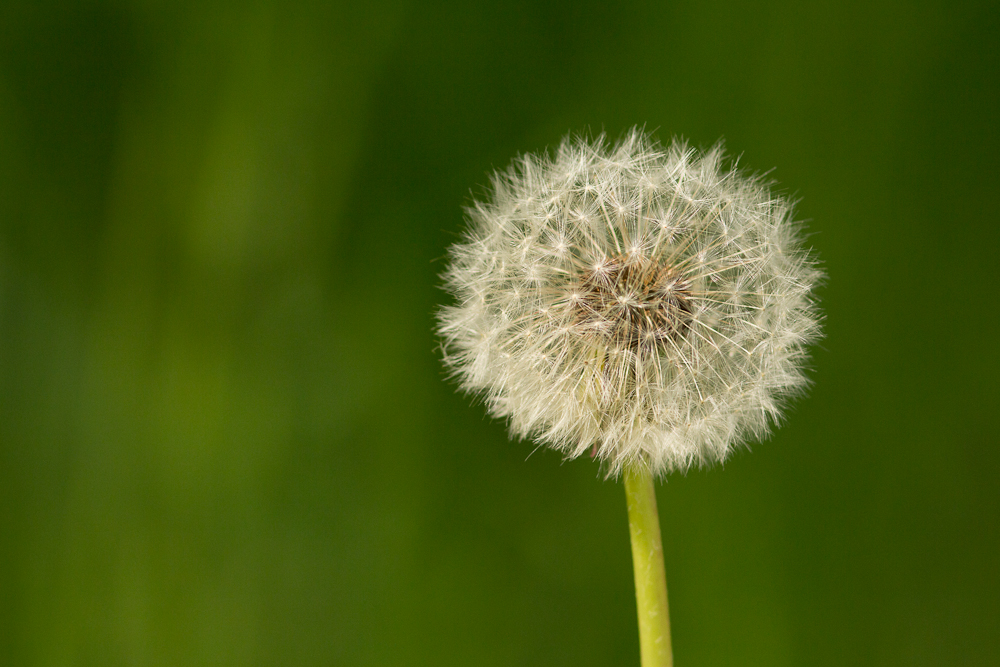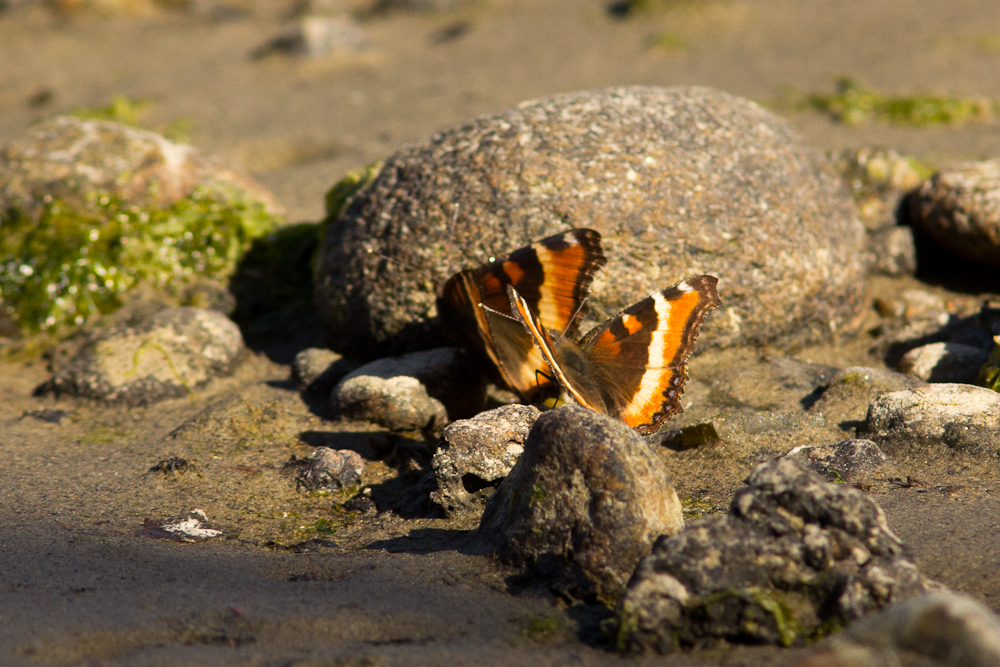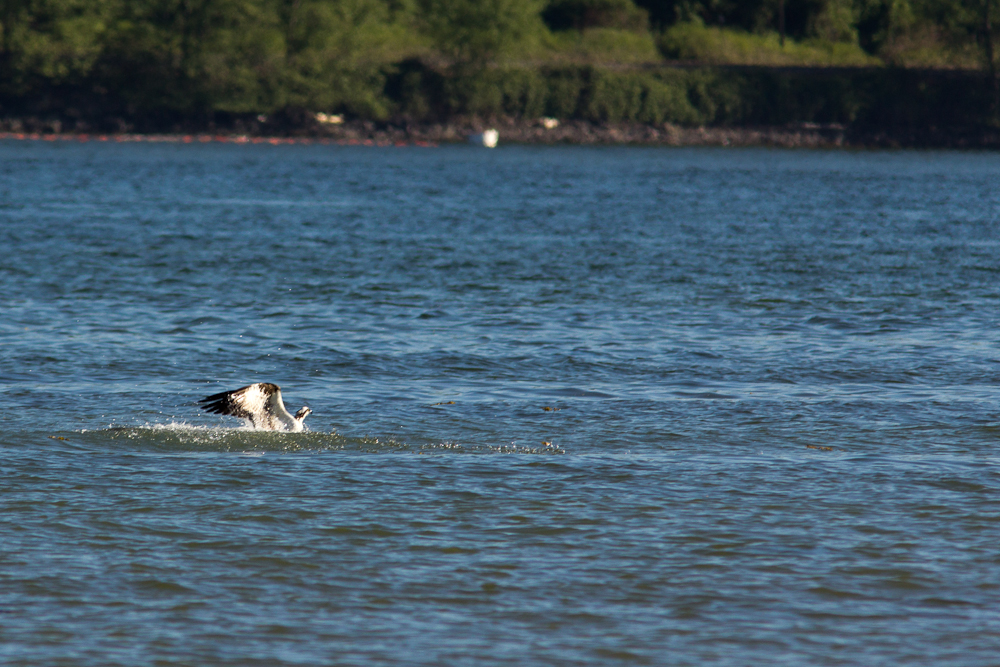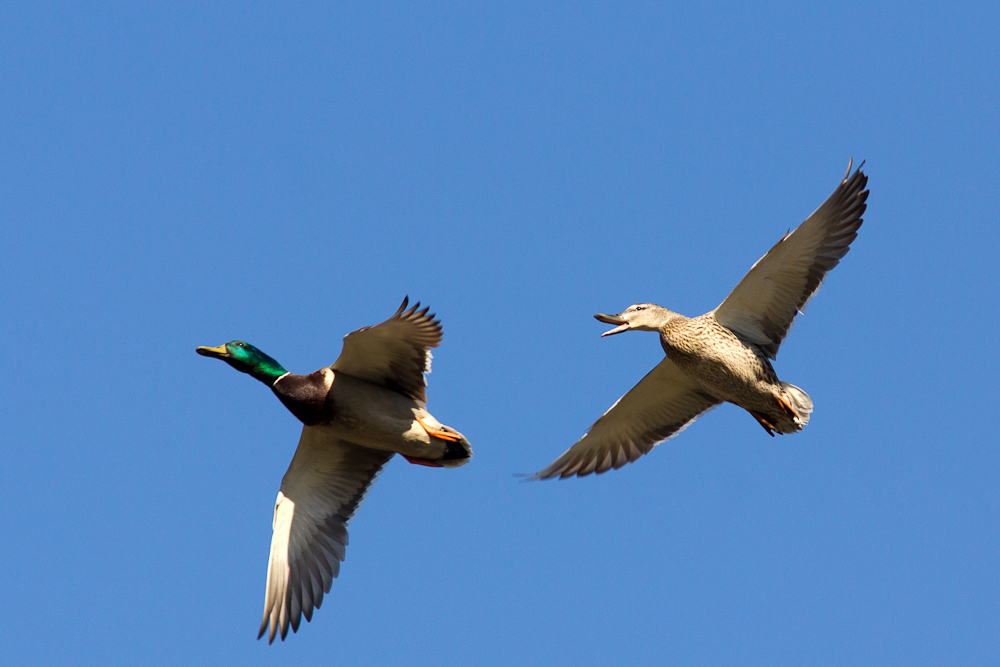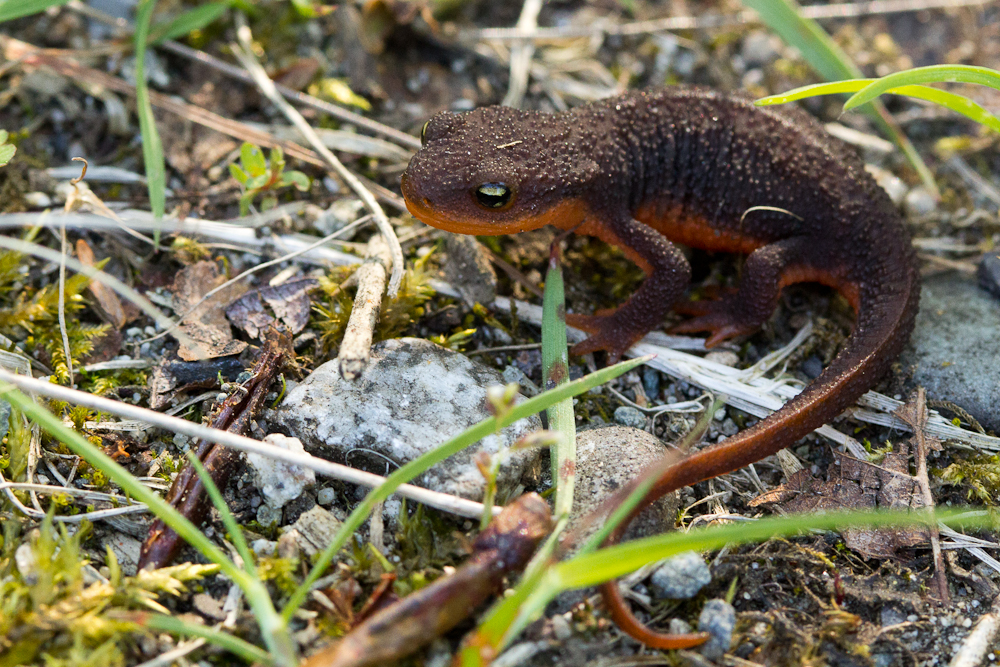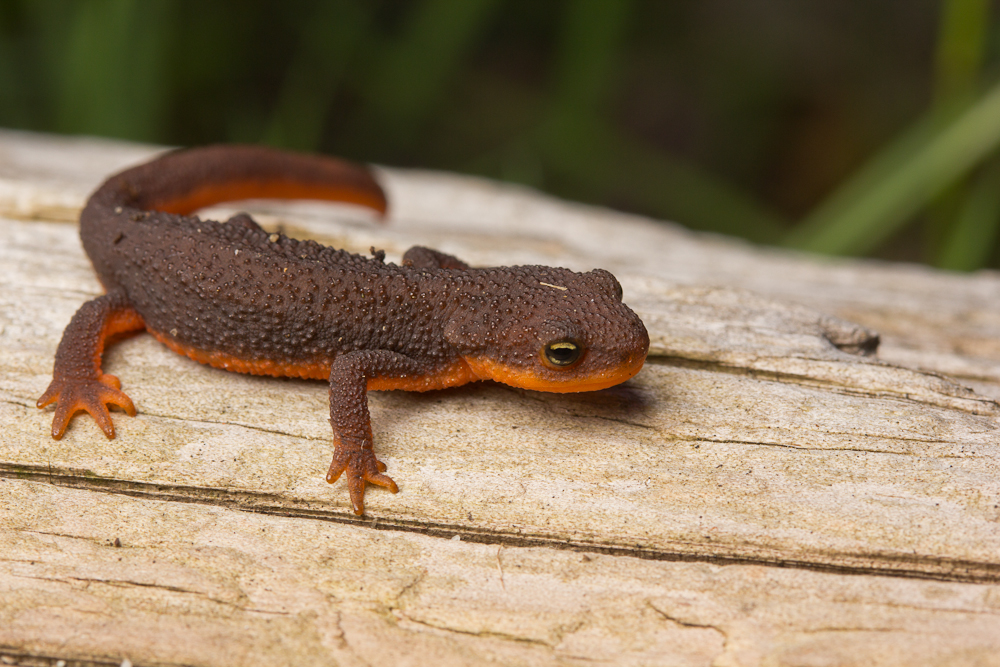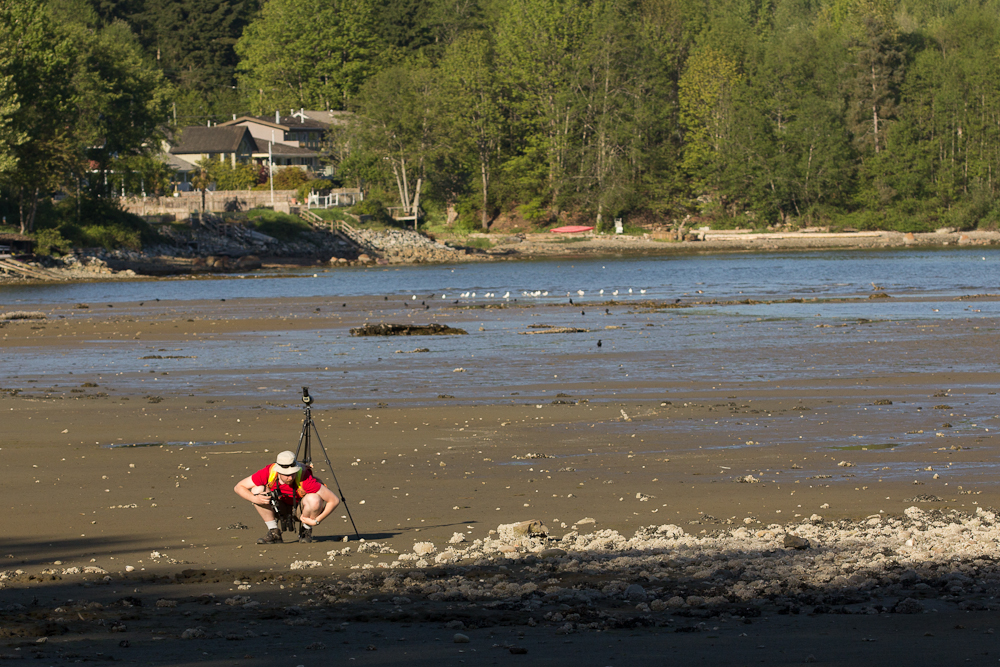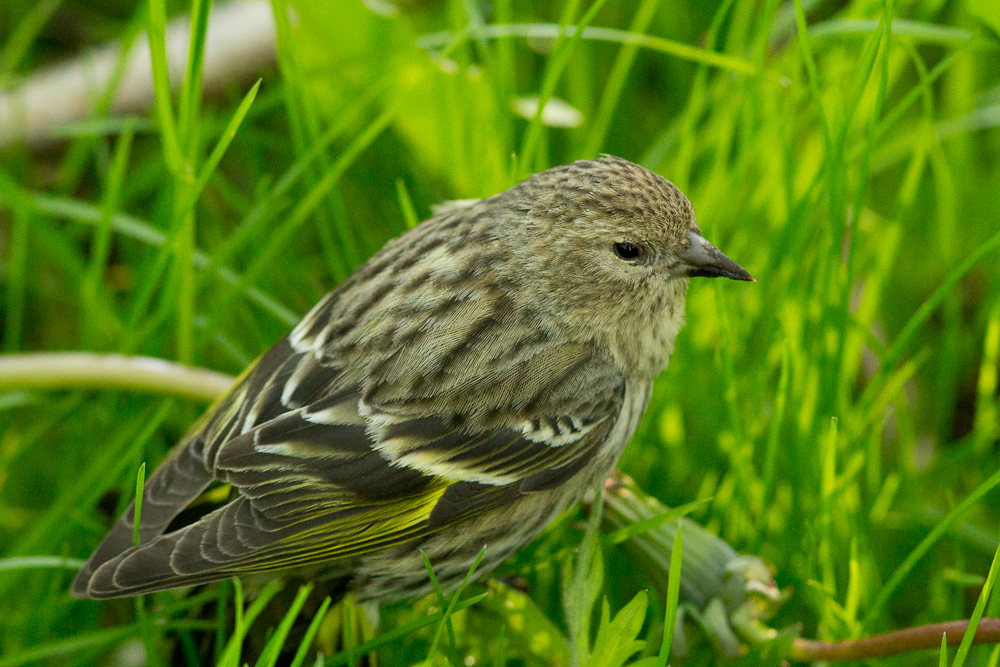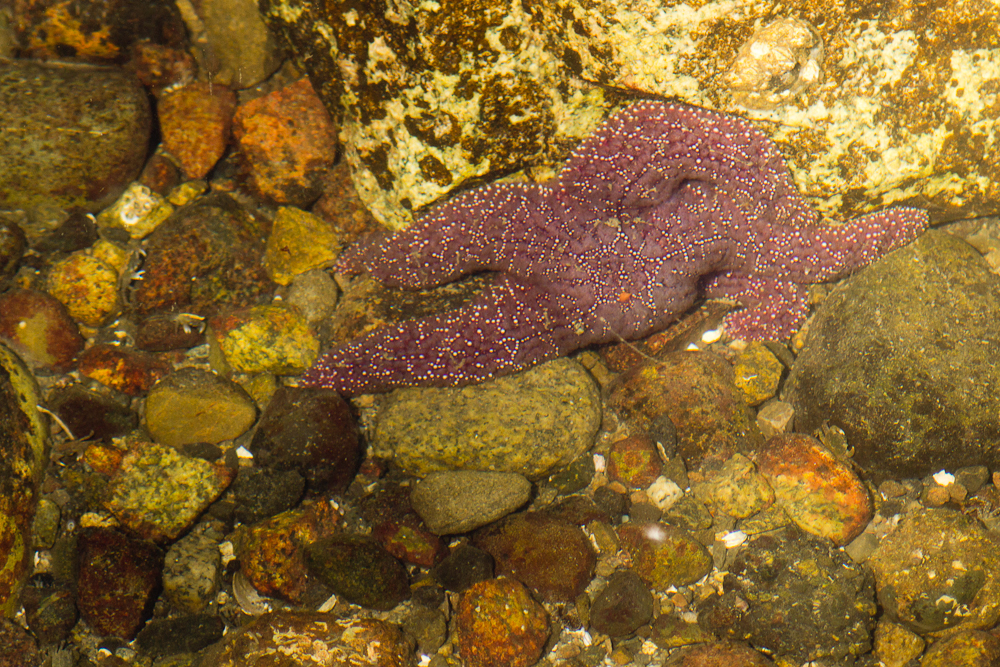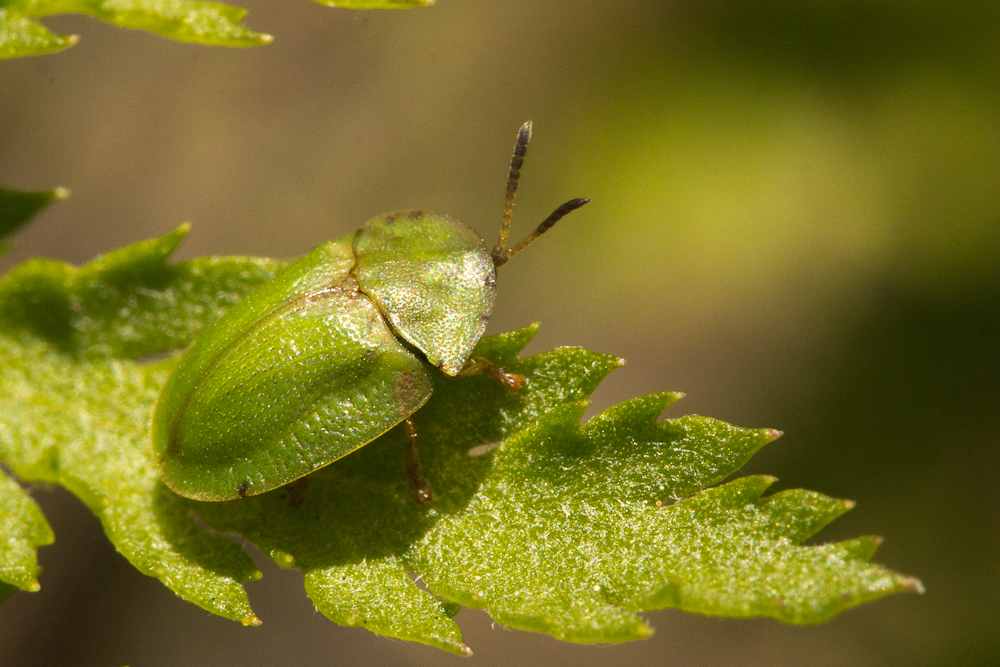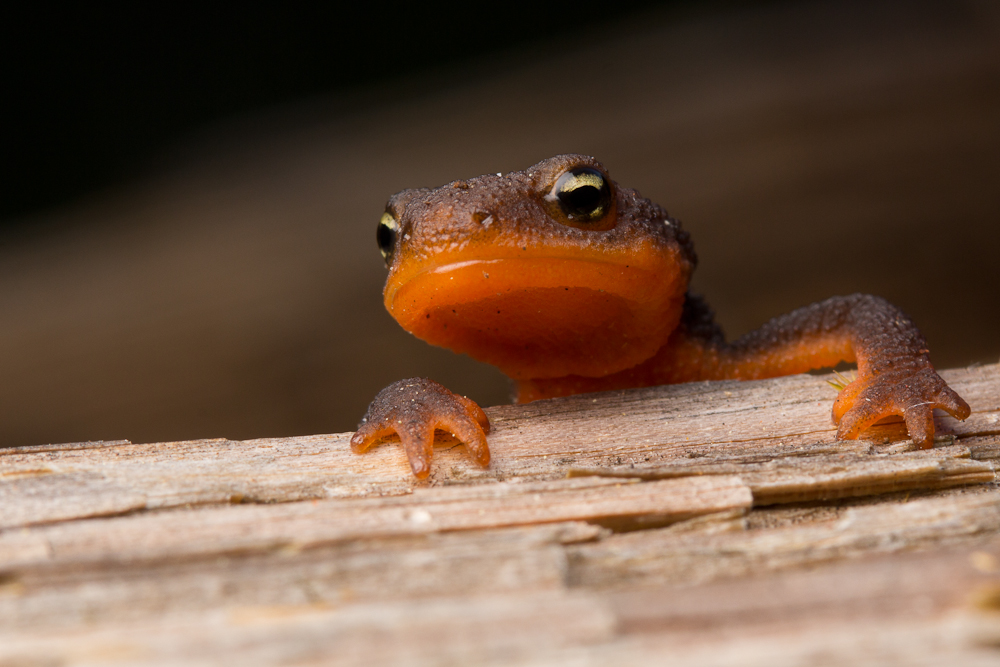Remember those photos of the Red-throated Caracaras in Nicaragua from last week? Here is the video of one of the birds, making alarm calls and holding a piece of a Polybia brood comb. This video comes from Pablo Elizondo, director of the Costa Rica Bird Observatories, who was with Mandred Bienert when they encountered the birds. I strongly suspect this bird is engaged in brood care, as the tail feathers are extremely worn, as if it is spending considerable time in a nest.
Archive | May 2013
Cheapskate Tuesday 16: Shooting a cat for equality!

Jasmine has just made mincemeat of intolerance!
Say a group of ignorant people by the name of the Australian Christian Lobby were doing their utmost to prevent some of their fellow Australians from being able to legally marry the person of their choice. If this was the case, you might want to bring attention to the backward thinking of this group by a bit of poking fun at them, as humour is a great weapon deployed against bigotry and intolerance.
Well, as you might have guessed, this is not really a hypothetical. A group of quick-thinking Australian ladies found that the Australian Christian Lobby, while registering the domain www.acl.org, neglected to register the domain “australianchristianlobby.org”. This was a good teaching moment, and the website for the Australian Cat Ladies was born. Their group seeks to fight intolerance, and promote cats.
I cannot stand self-righetous bigotry masquerading as “family values”, so I thought the Cat Ladies’ coup was just great, and quickly sent off an application to join them. As a newly-minted Australian Cat Lady, I wanted to produce some visual material that might appeal to them to feature on their website. Inspired by their logo, the idea of the kitty rainbow flag shoot was born. I asked our friends Tanya and Mike if they would consider lending a hand (and a cat) to the effort.
After feasting like royalty on a great risotto Mike and Tanya made, we set to work. Jasmine, the little cat shown in these photos, is a Bengal (which is not a cheap cat to purchase, although they will work for cheap for catnip).
Anyway, here you go: the lighting diagram for what we did, followed by the shots!
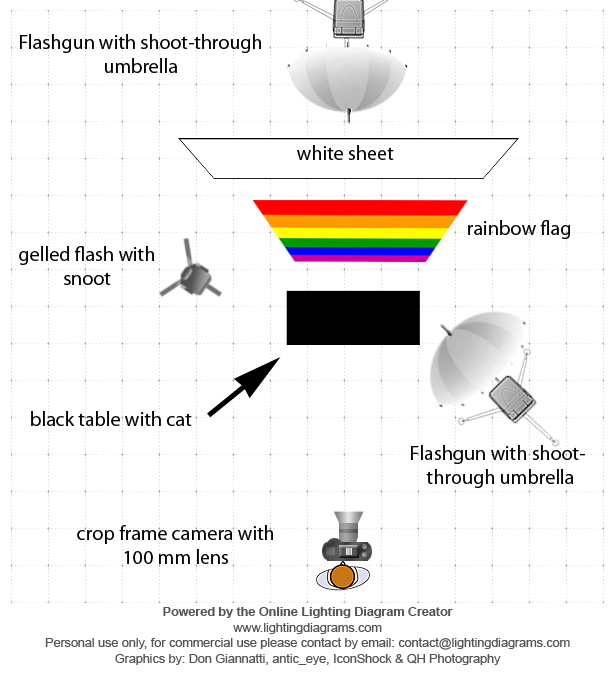
We had to use two diffusers to get even lighting across the flag, as the flag itself was thin and quite translucent. It might be easier to just shoot a green background and add the flag afterward, but this time we shot it as is.

Here is Mike setting up the second diffuser. Photo by Tanya!
The major challenges of this shoot were balancing the lights and following the quick moving Jasmine. I may try to re-shoot this, or something similar (insects maybe?). I believe in the rights of all people to live their lives as they see fit, and if my photography can do some good, I am glad of it. I hope you enjoy the shots, and if you are inspired by this, please do stop by the Australian Cat Ladies website to show them your support.
Weekend Expedition 17: The un-Expedition

This weekend I was busy with science outreach at the Science Rendezvous, where I gave a talk on caracara predation behaviour. I only got the chance for a short outing around the lab, and a quick visit to Hastings Park on Sunday before some heavy rain started. I did manage to return with some modest prizes, including some heron fishing footage.

A Mayfly in the headwaters of Stony Creek behind SFU.
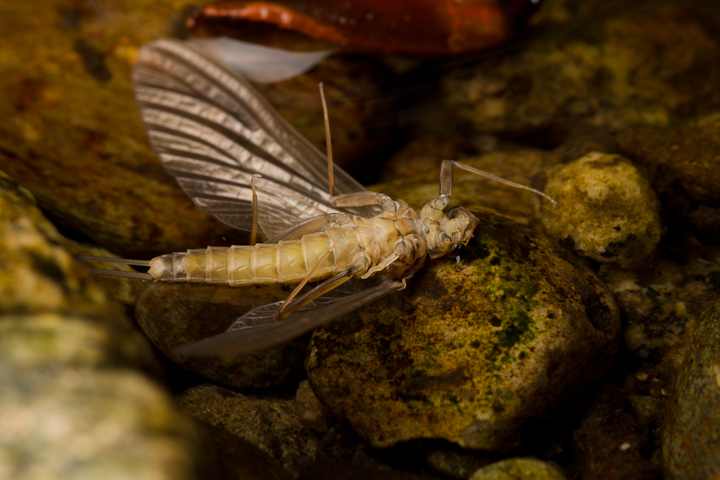
This Mayfly lived much less than a day, before the water striders got it.

Julie Wray of the Elle Lab waits to deliver fresh science at the Science Rendezvous.
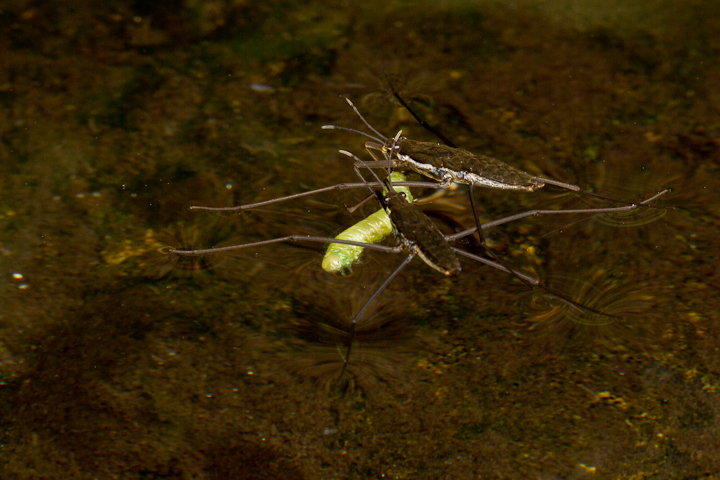

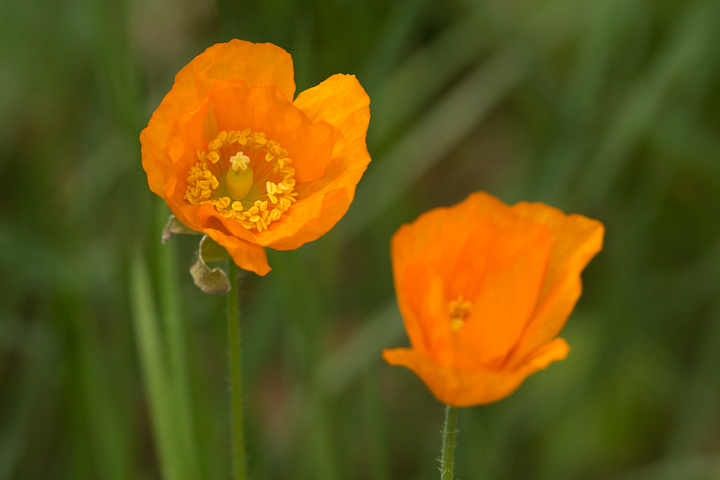
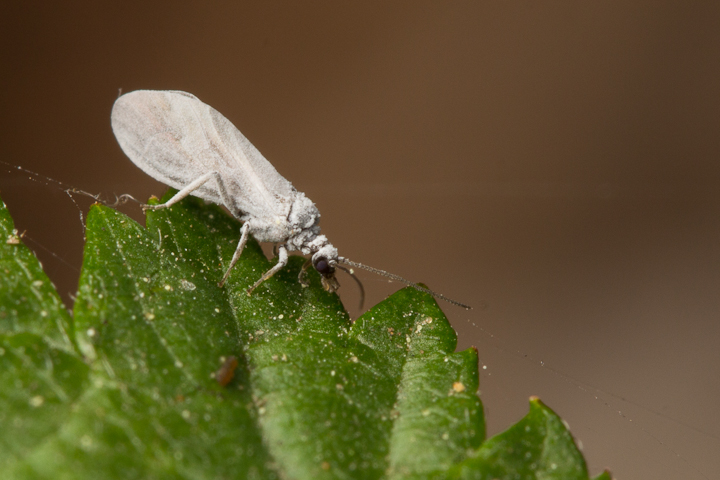
Believe it or not, this is a Neuropteran, family Coniopterygidae. They are often called Dustywings.
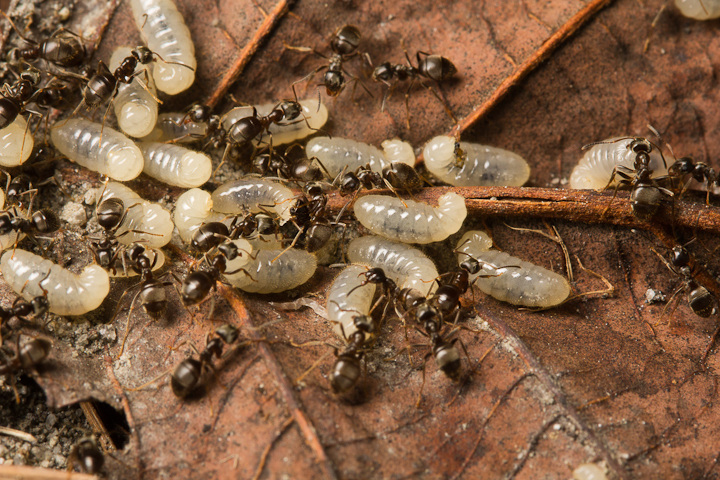
Found this under some plywood behind the Insectary Annex at SFU.
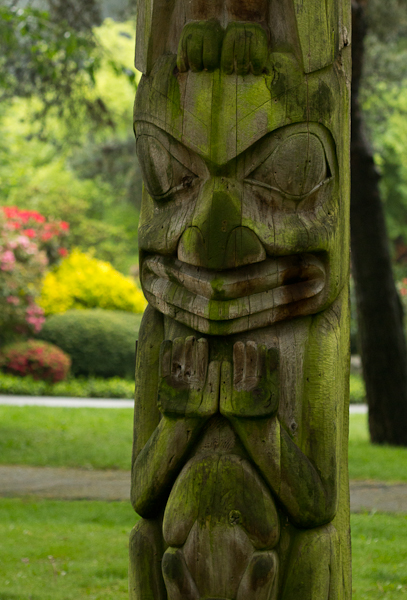
Totem Pole covered in algae, Hastings Park.
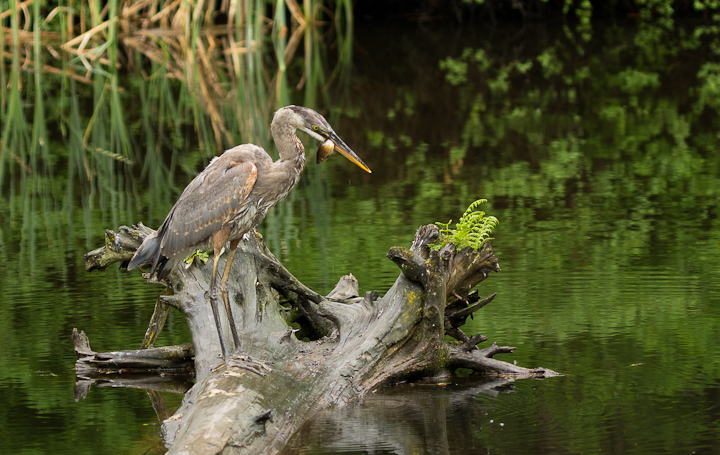
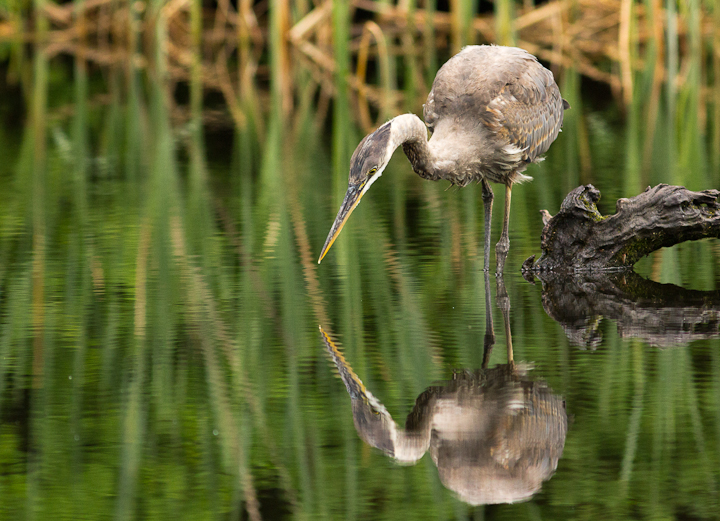
A Great Blue Heron fishes in Hastings Park
Below is the Heron Fishing video. Watch it in HD if you can, and see this impressive bird on goldfish patrol!
Science Rendezvous talk today

For all those interested, please come out to my talk today at the Science Rendezvous event at SFU today: 12:10 PM in AQ3005 at the Burnaby Campus. I will be discussing the foraging adaptations of this remarkable specialist predator of social wasps, with many exciting videos and pictures.
Found: Red-legged frog on Burnaby Mountain
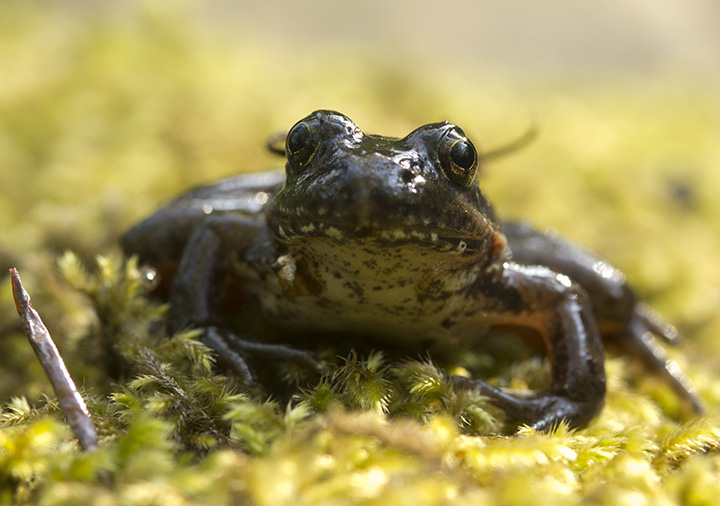
The other day, when I was out searching for aquatic insects for my new aquarium photography setup, I came to a small pond in the forest just below the school, and could have swore that a Red-legged Frog jumped into the water. I did not want to stir up the pond to much, so I told myself I would come back to confirm.
This morning, after sending my predation manuscript to my coauthors for their input, I went down for a peek. Sure enough, right at the border of the pond, was a beautiful Rana aurora! I took a few photos before letting the frog go on its way. I checked the pond with a net, and found that it was full of eggs and larvae, so this was not the only one! I am excited to see this, as this species has been declining across its range in BC (though they were quite abundant when I was a kid). It is good to know that despite the super pro-development forces at this school, that there still remain parklands that can support these frogs.
This weekend, I will be giving a talk at the Science Rendezvous at SFU (part of a national science festival), so perhaps in the morning I will do some more exploring of the wooded areas near the school. If anyone is interested in attending, my talk is at 12:30!


Recent sighting of Red-throated Caracaras in Nicaragua!
This photo of of a Red-throated Caracara was taken by Manfred Bienert on April 18 near the village of Bijagua, which is just adjacent to of the Reserva Biológica Indio Maíz and close to the Costa Rican border. It shows one individual of a group of six perched high in a tree with a piece of wasp nest (Polybia spp.).
This photo is important documentation of the continued presence of Ibycter americanus in Nicaragua, where they are considered extremely rare, having declined across most of Central America over the past several decades.
Despite the status of the Red-throated Caracara across much of this region, there are no formal conservation plans for these birds as they are not in danger of going globally extinct. In this way, the statistics used by the International Union for Conservation of Nature (IUCN) can be misleading on a regional scale, as when a species is labelled “Least Concern” it misses out the fact that the bird may be disappearing in many countries.
In Mexico, Red-throated Caracaras have been considered extirpated for some time, although it was previously present in Oaxaca, Chiapas [1], and Veracruz [2]. They are listed as critically endangered in the Republic of Costa Rica [3], and “probably extirpated” in Guatemala [4,5]. In Honduras, the species has only recently been rediscovered after being largely extirpated since 1955 [6]. In Panama, they are considered vulnerable.
Factors responsible for these declines have not been identified, although habitat destruction is probably involved. Illegal shooting of birds could also be a factor, as they are likely to have a very slow rate of reproduction and a highly developed cooperative breeding system (we documented a group of 6-7 adults caring for a single chick) [7].
I am glad to see that these impressive wasp-loving birds have not completely disappeared from Nicaragua, and am grateful for people like Manfred Bienert for documenting the wonderful birds of the region.
References
1. Iñigo-Elías E (2000) Caracara comecacao (Daptrius americanus). In: Ceballos G, Márquez-Valdelamar L, editors. Las aves de México en peligro de extinción. Instituto de Ecología, UNAM–CONABIO–Fondo de Cultura Económica. pp. 126–127.
2. Lowery GH, Dalquest WW (1951) Birds from the State of Veracruz, Mexico. University of Kansas Publications, Museum of Natural History. Lawrence, Kansas: University of Kansas Publications. p. 556.
3. AOCR (Comité Científico de la Asociación Ornitológico de Costa Rica) (2005) Lista de Especies de Aves con Poblaciones Reducidas y en Peligro de Extincion para Costa Rica: 1–2.
4. CNAP (Consejo Nacional de Áreas Protegidas de Guatemala) (2009) Lista de Especies Amenezadas de Guatemala: 83. Available: http://www.conap.gob.gt/Members/admin/documentos/documentos-centro-de-documentacion/lo-nuevo/Lista de especies amenazadas de Gutemala -LEA.pdf/at_download/file.
5. Dickerman RW (2007) Birds of the Southern Pacific Lowlands of Guatemala With a Review of Icterus gularis.
6. Narish AJ., Jenner T (2004) Notes on the Red-throated Caracara, Ibycter americanus in Honduras. Cotinga 22: 100.
7. McCann S, Moeri O, Jones T, Donnell SO, Gries G, et al. (2010) Nesting and Nest-Provisioning of the Red-throated Caracara (Ibycter americanus) in Central French Guiana. Journal of Raptor Research 44: 236–240. Available: http://dx.doi.org/10.3356/JRR-09-75.1.
Cheapskate Tuesday 15: headed for the water!

Inspired by this great post by C.L Goforth, a.k.a. the Dragonfly Woman, I decided to get my feet wet with aquatic insect photography. This is a field which I have almost completely ignored, probably because I thought it was too challenging. But really, despite a few technical challenges, it can’t be all that different from other types of shooting, and there is such a wealth of fascinating and beautiful subjects to photograph!
So far, I have just acquired a tank (a small, cheap betta tank, c. 20 bucks) and I have yet to add the recommended spacer to restrict the movements of the subjects. I have situated the flashes as below, added some diffuser material (same stuff as in the Cheapskate Diffusers) and shot away at what was available, in this case the larvae of Culiseta incidens, a common early-season mosquito here on the West Coast (in fact they overwinter as mated adults).
I will keep this blog updated with further refinements and experiments as I delve into aquatic insect photography. To all my fellow insect photographers: why not join me as this insect season really begins?

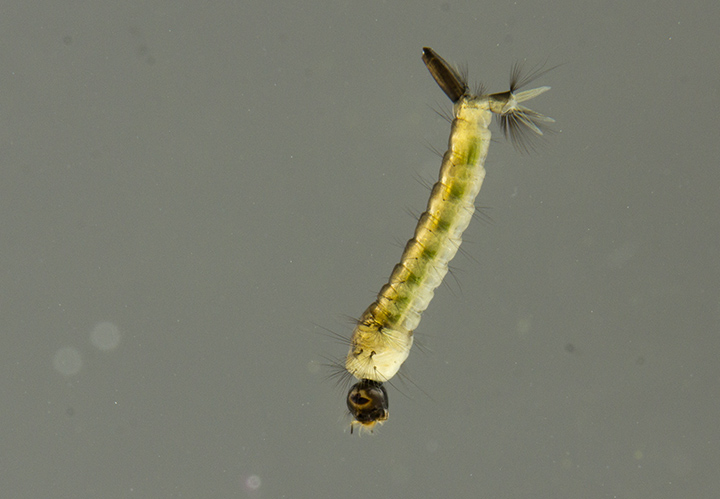
So far the results look decent on tricky small subjects. I have not edited out any of the bubbles and other flaws, and I may have pushed the contrast up too much, but I am hopeful and optimistic! I especially like seeing details of the gut and musculature through the cuticle.

This frame shows one reason to get your lens axis exactly perpendicular to the glass of the aquarium: distortion!

I am fairly pleased with this frame, as it shows decent depth of field and good sharpness on the setae (hairs).

This larva was moving toward the camera with the feeding movements of its mouth brushes.

Here is what Culiseta incidens looks like as an adult.
Weekend Expedition 16: A Grab Bag
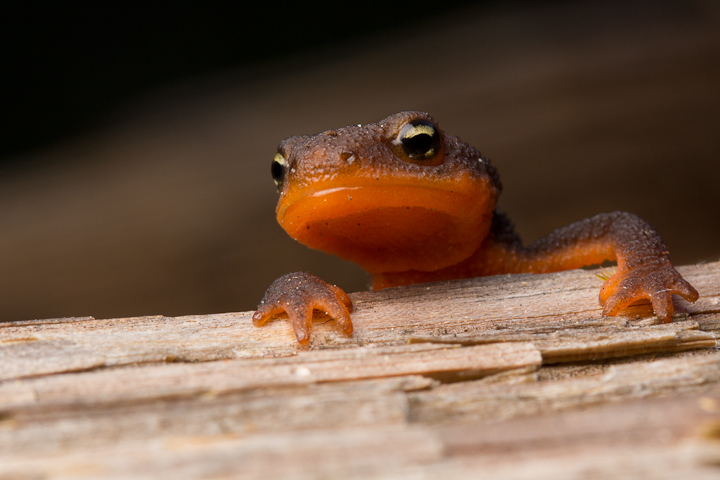
Probably the coolest find of the weekend, this Rough-skinned Newt (Taricha granulosa) at Maplewood Park was the first I have seen on the Mainland.
This Weekend Expedition is actually another composite of three trips:
1) to Burnaby Lake with Mike, Catherine, Viorel and Tavi, stalking the elusive goslings
2) back to Hastings Park in the morning for some early insect shots
3) finally making it out to Maplewood Park in North Vancouver, accompanied by Adam Blake.
It was an exhausting weekend, with fine weather and good company, so I think I will let the images do most of the talking here!
Gallery 1: Burnaby Lake
- These are the goslings we were looking for!
- Catherine and Tavi explore the Piper Spit dock
- Viorel tries to show Tavi a goose
- Tavi and Viorel
- Piper Spit
- Western Painted Turtles (I presume) sunning.
- Mike shoots from the observation tower.
- Damsel via 300 mm plus tubes, natural light
- Damsel via 300 mm plus tubes, natural light
- Mike and Tavi stalk damselflies
- A firefly takes flight
- Coleopteran remains in bird dropping.
- Photo by Mike Hrabar, showing a Staphylinid orgy!
- A beautiful stinker
Gallery 2: Hastings Park
- A beautiful snail
- A chironomid
- Magic or spider silk?
- An Ichneumonid surveys the scene
Gallery 3: Maplewood Park
- An Elaterid on Horsetail
- A Soldier Beetle in the hand
- A Mule Deer was unconcerned with our presence
- Siskin food!
- Sleepy Pine Siskin
- Milbert’s Tortoiseshells on the mudflats
- We watched two osprey catch fish.
- This is known as the McBarge, and actually was a McDonald’s restaurant at Expo ’86. It looks shimmery due to heat and distance.
- Rough-skinned Newt!
- Rough-skinned Newt!
- Adam shoots beach flies.
- This Siskin was feeding on dandelion seeds
- A Thistle Tortoise Beetle? Guillaume? Anyone?
- Rough-skinned Newt!
Weekend Expedition Plans: Goslings at Piper Spit

Piper Spit is the main, official entrance to Burnaby Lake Park. It is also a great waterfowl haven, with nest boxes for wood ducks and reed beds. I will go there tomorrow morning with Mike and Catherine to try my luck at shooting excessively cute Canada Goslings! I will of course have the full (heavy) kit with me so any cool insects or spiders are also fair game…
On Sunday I will go with Adam Blake to attempt to redeem last week’s debacle, and actually make it to Maplewood Park.
What to expect when your Cellar Spider is expecting

Last night, a chance photograph of a large Cellar Spider led to a wonderful discovery. Our Pholcus phalangiodes is gravid!
These Longbodied Cellar Spiders are temperate representatives of a largely tropical group of spiders, and are common members of the household fauna. This gravid cellar spider has a large distended abdomen and through the cuticle you can see her ovaries with their developing eggs.
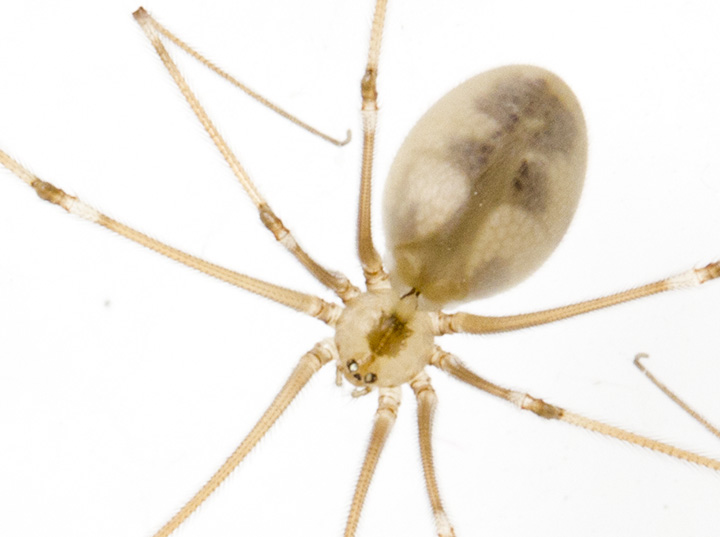
The newly yolk-filled eggs are white, and as they mature, they become dark towards the end of the abdomen. I am expecting that soon we will see this female brooding her package of newly-laid eggs soon, as this one did in the same spot last year.

Within a month or so, these will hatch into gorgeous little translucent Cellar Spiderlings which will remain close to the female until after their first molt.
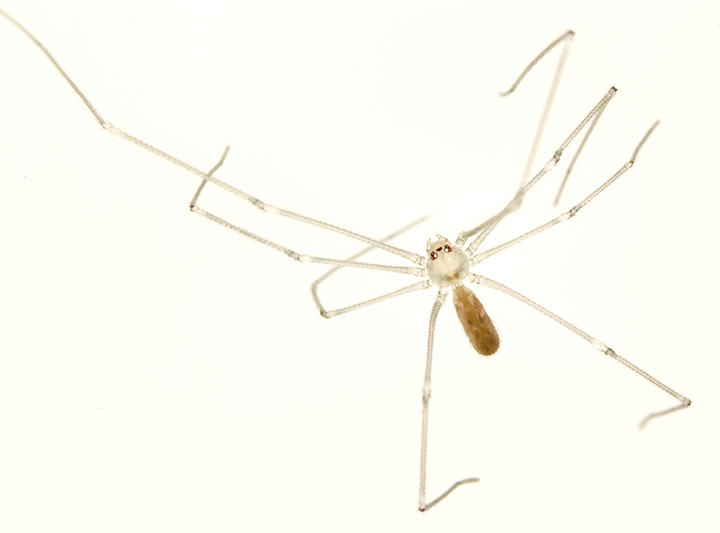
Despite her advanced gravid state, our Cellar Spider has not lost her long-limbed lean look, which is probably easy if you are a Cellar Spider! For more information about the reproduction of this impressively leggy species, see here.

isn’t she beautiful?



